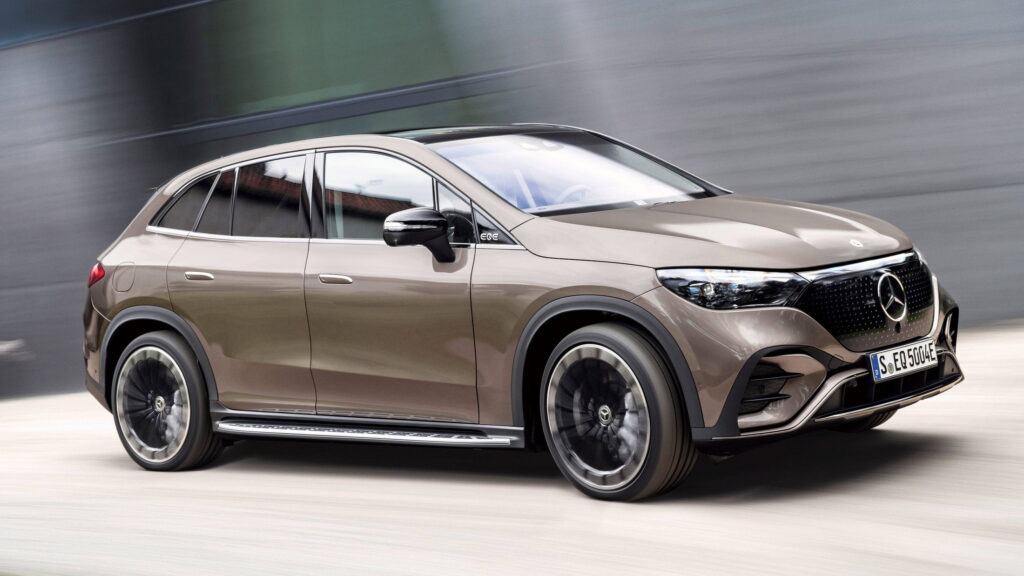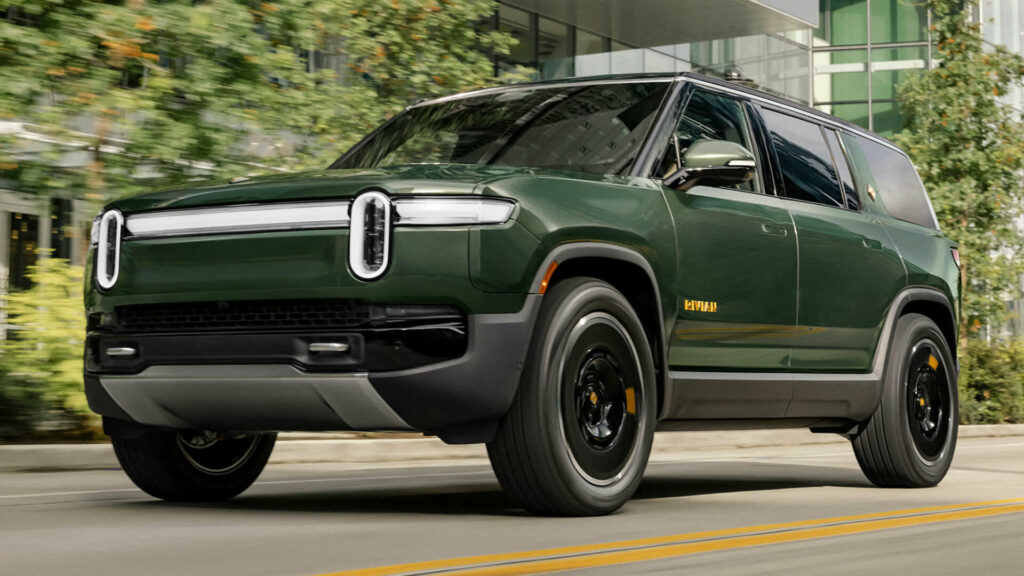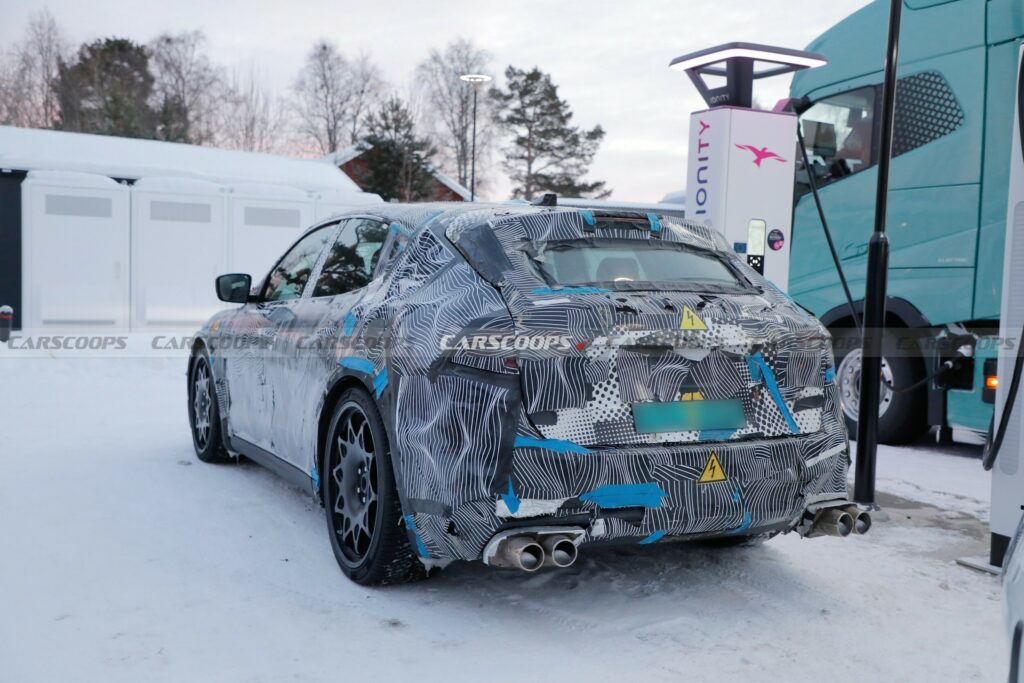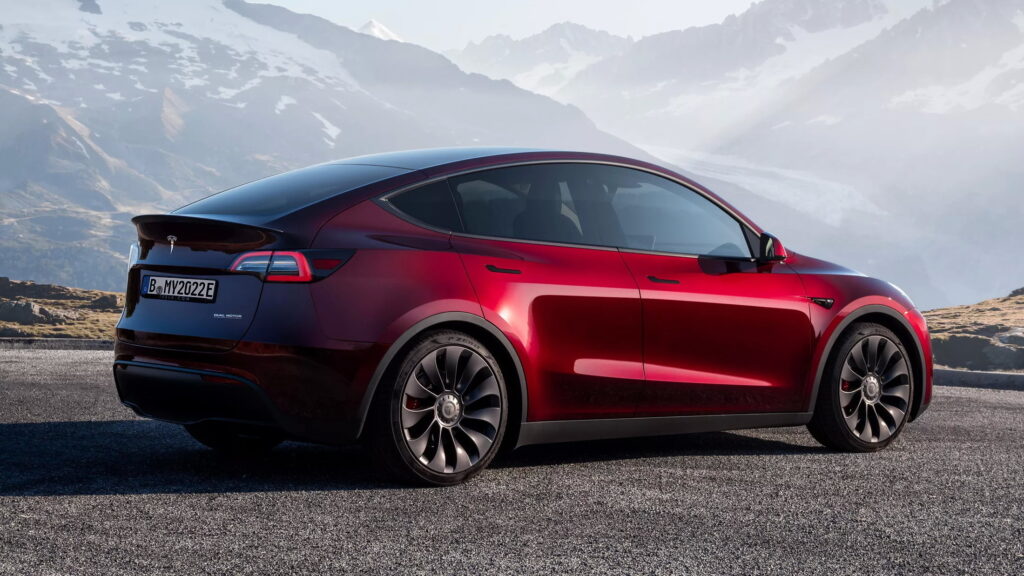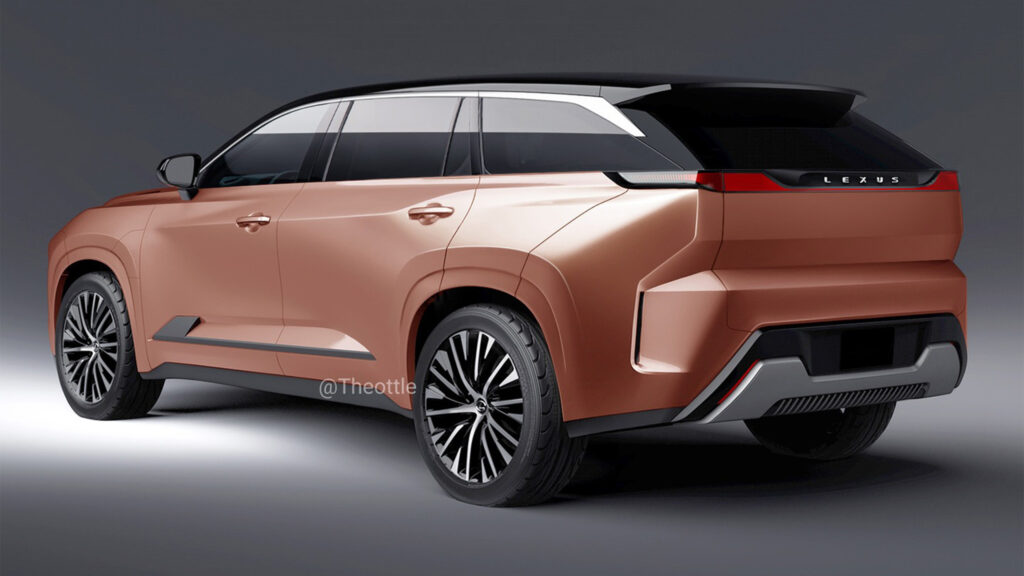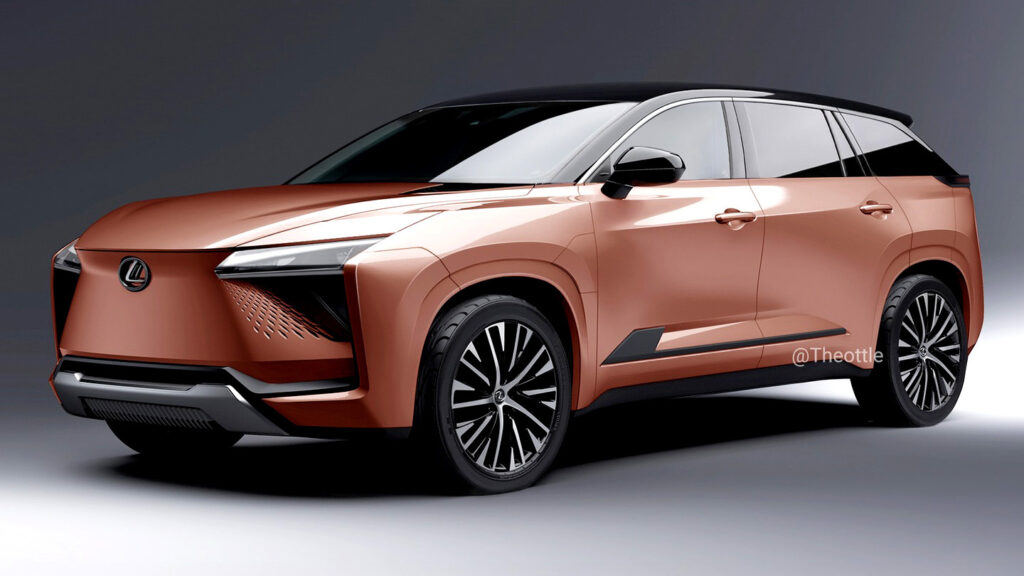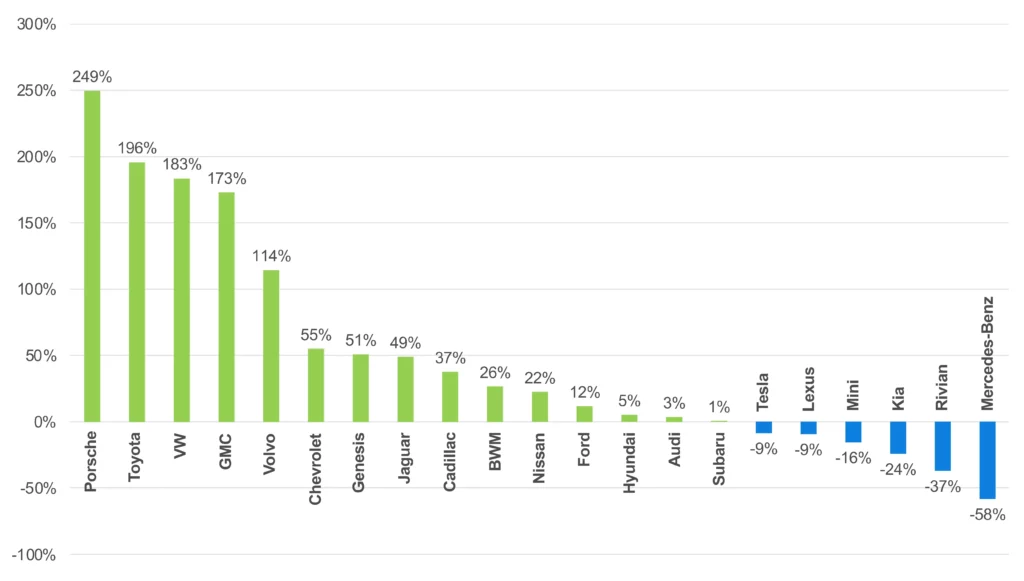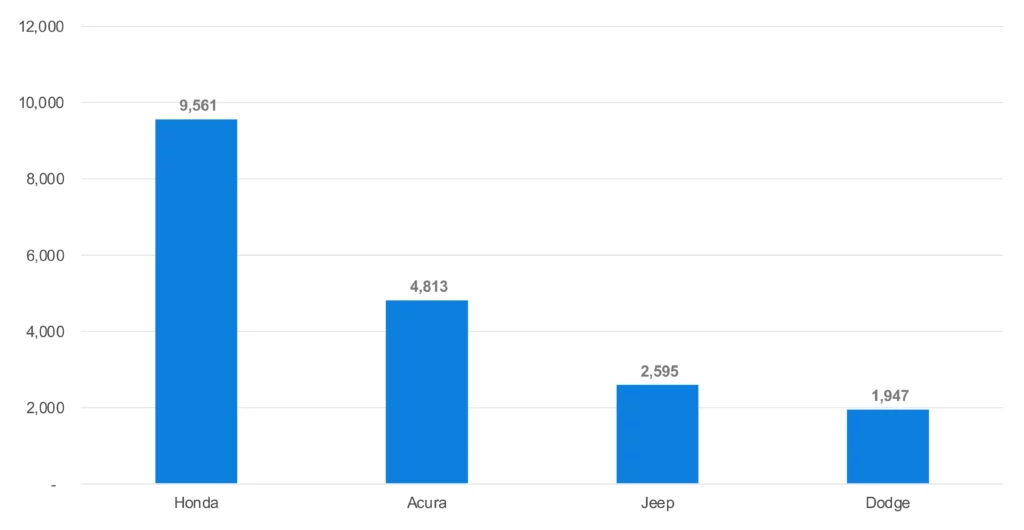Electrified Sales Are Surging Globally But A Dark Cloud Is Gathering
- Sales of electrified vehicles continue to rise around the world.
- The latest sales figures lump together both BEV and PHEVs.
- Electrified vehicle sales rose 16% in North America during Q1.
Electric vehicle sales may not have skyrocketed in 2024 like some had hoped, but 2025 is off to a much stronger start. New data shows that electrified vehicles are moving in record numbers across all major global markets. The momentum is clear, though looming policy changes, particularly cuts in subsidies and new tariffs under the Trump administration, could start to cool things down as the year progresses.
According to global sales data, about 4.1 million electrified vehicles, including both battery electric vehicles and plug-in hybrids (PHEVs), were sold during the first quarter of the year. That’s a solid 29 percent increase compared to the same period in 2024, based on numbers from Rho Motion.
Read: US EV Sales Jump In Q1, But The Biggest Losers Might Surprise You
In North America, roughly half a million electrified vehicles were sold in the first quarter of this year, marking a 16 percent increase over the same period last year. The breakdown between EVs and PHEVs isn’t disclosed at the regional level, but earlier data from Cox Automotive and Kelley Blue Book shows that 296,227 pure electric vehicles were sold in the USA during Q1. That represents an 11.4 percent increase year over year.
Overall, demand for electrified vehicles continues to climb, though other global markets are seeing even sharper growth.
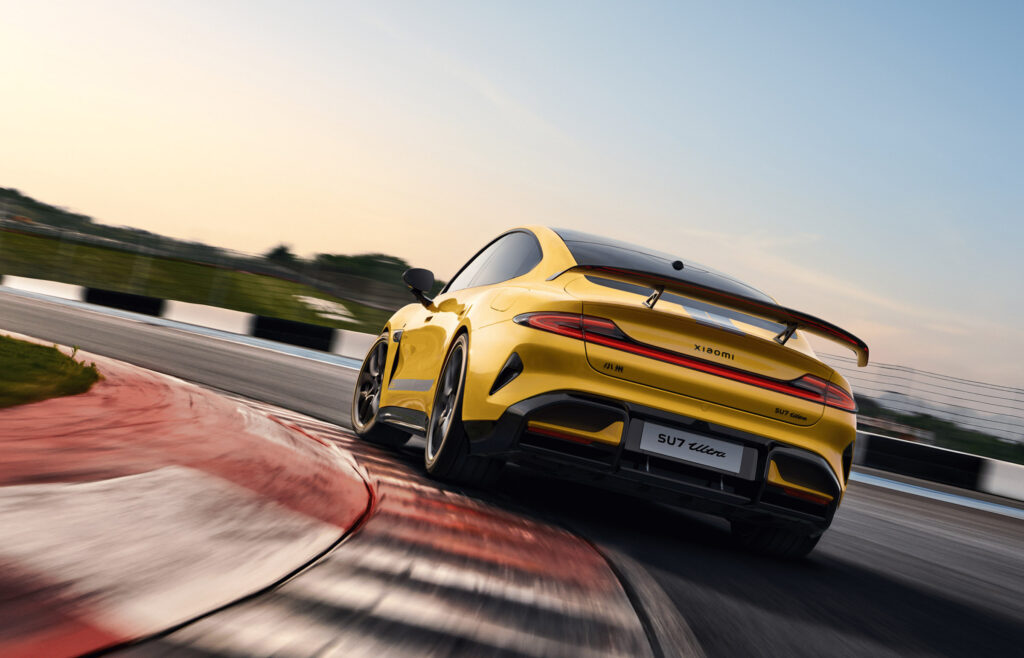
Europe saw stronger growth, with about 900,000 electrified vehicles sold through January, February, and March. That’s a 22 percent increase overall. Battery electric vehicle sales alone rose by 27 percent, while plug-in hybrid growth was slower at 10 percent. Some countries stood out with particularly sharp gains, including Italy with a 64 percent jump, Germany up 34 percent, and the UK growing 42 percent.
China continues to lead as the largest individual nation of EVs and PHEVs. This year, no less than 2.4 million electrified vehicles have been sold in the country, up 36% from last year. The rest of the world has been lumped together in a single category, with sales increasing 27% to around 300,000 vehicles sold.
Q1 2025 vs 2024 EV & PHEV SALES
| Region | Sales | Diff. vs 24 |
| China | 2.4 million | +36% |
| Europe | 0.9 million | +22% |
| North America | 0.5 million | +16% |
| Rest of World | 0.3 million | +27% |
| Global | 4.1 million | +29% |
According to Rho Motion, roughly three-fifths of EV and PHEV models sold in the US are produced domestically, with the rest typically coming from Japan, Korea, and Mexico. As new tariffs go into effect, prices for these imported models are expected to rise. ICE vehicles will see price increases as well.
“This quarter, while turbulent, has seen a strong rate of growth globally for the EV market,” Rho Motion data manager Charles Lester said. “Some countries, such as the UK, had a record-breaking March as drivers continue to go electric. The removal of subsidies in France has had a shrinking effect on sales which are down 18%.”
